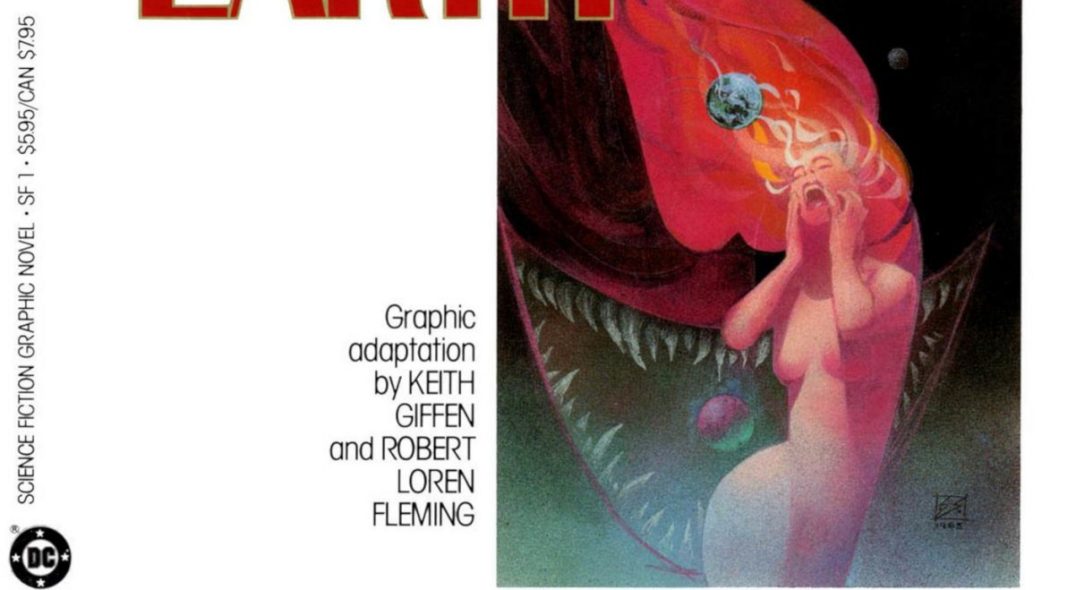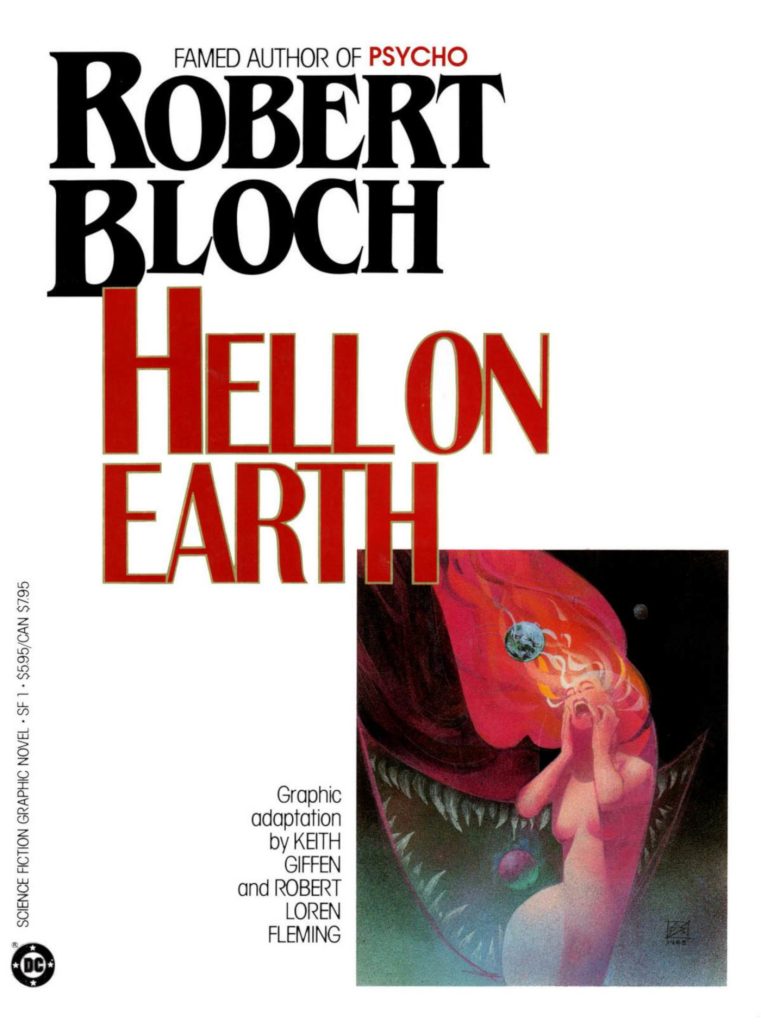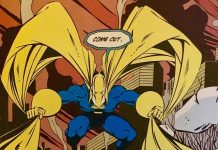This week sadly saw the passing of Keith Giffen.
He was one of my favourites. Part of the bedrock of what drew me to DC in my childhood. His work on Justice League International and The Legion of Super-Heroes was captivating. His writing sprinkled with offbeat humour. And his artwork developed into an idiosyncratic, unique appearance.
Especially in the mid ’80s as he was heavily influenced by José Muñoz. He went from a fairly clean-lined, open style from his early days on Legion through to a dark, angular that relied much more on shadow as he went into the fourth volume of that book and the 5 Years Later period. Yet, through all of the permutations of his art style, his writing, and providing a storytelling backbone to events like 52 and Countdown, there was always a verve to his work. Something that grabbed you and refused to let go.
From humour to heroes to horror, Giffen could do it all.
“I hadn’t written in weeks.”
I want to focus, though, on one of his contributions to horror that was smack-dab in the middle of his Muñoz-influenced period, DC Science Fiction Graphic Novel #1 – Hell on Earth. Based on the story by Robert Bloch and adapted by Robert Loren Fleming, Giffen, Greg Theakston, Bill Wray, and Gaspar Saladino, Hell on Earth is a tale of what happens when science and money attempt to delve into the world of the occult.
The story follows horror writer, Guy Roberts, as he’s approached with a sizable sum in order to witness the summoning of a demon. It goes wrong. In that they summon far above what they were aiming for, capturing Satan. What follows is essentially the temptation of everyone involved. Both Robert Loren Fleming and Keith Giffen keep the narrative thick. With words and with visuals. Giving it an almost oppressive atmosphere.
The story is told largely using 16-panel grids. It’s fascinating how Giffen lays it out, managing to make it feel very dense, yet flow with a natural rhythm. It mirrors the demon kept behind glass, making you feel deceptively safe with the structure of each page. When Giffen breaks the form, combining panels, breaking them, or altering their angles, it enhances the idea that something is going wrong with the order of reality. It works incredibly well.
Overall, the book is visually arresting. On top of the minimalist, angular characters, there are some unnerving overlays reminiscent of art like Ralph Steadman or Barron Storey. The colours and effects from Greg Theakston and Bill Wray add further to the otherworldly effect. As well as some interesting shifts in word balloons from Gaspar Saladino.
“Would you go to hell for one hundred thousand dollars?”
I know that licensing probably has something to do with it, but it seems a shame that Hell on Earth from Bloch, Fleming, Giffen, Theakston, Wray, and Saladino remains out of print like everything else from the Science Fiction Graphic Novel initiative. So too from its sister book of which I think Hunger Dogs remains the only work still available. It was an interesting experiment of a line adapting genre literary works and the results were by and large quite good.
Sadly my own copy is fairly banged up at this point and the colours appear to be bleeding through some of the pages. I’d recommend people checking out Pat Brosseau’s post from 2019 for clear images of the comic.
Classic Comic Compendium: Hell On Earth
DC Science Fiction Graphic Novel #1 – Hell on Earth
Writers: Robert Bloch (original story) & Robert Loren Fleming (adaptation)
Artist: Keith Giffen
Inkers & Colourists: Greg Theakston & Bill Wray
Letterer: Gaspar Saladino
Publisher: DC Comics
Release Date: September 3 1985
Read past entries in the Classic Comic Compendium!










